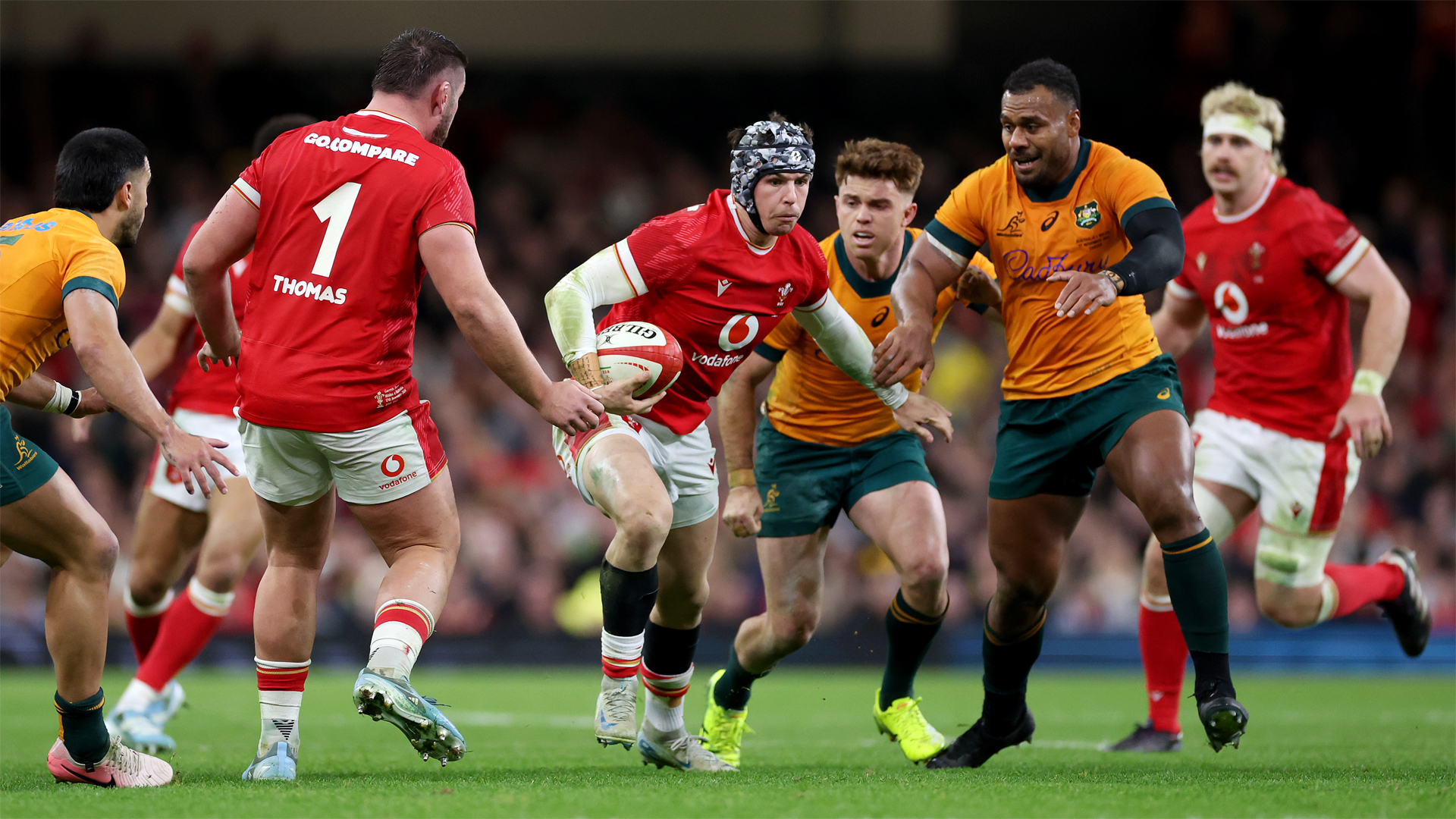
NEW YORK — Most U.S. stocks added to their gains Nov.
7, as the Federal Reserve cut interest rates again to make things easier for the economy. The S&P 500 climbed 0.7 percent Thursday to add to its surge from the day before, following Donald Trump's presidential victory.
The Dow Jones Industrial Average was virtually unchanged, while the Nasdaq composite rallied 1.5 percent. The Fed's announcement that it was easing its main interest rate caused few ripples in the market because even the precise size of it was so well anticipated by investors.
What's less certain in the minds of investors now is how much Trump's victory may upset the Fed's policy plans. On Wall Street, health-care services company McKesson helped drive the market by jumping 10.6 percent after reporting a stronger profit for the latest quarter than analysts expected.
Lyft revved up by 22.8 percent after the ride-hailing app breezed past Wall Street's forecasts, And Ralph Lauren rose 6.6 percent after customers in Asia and Europe helped it deliver a bigger profit than expected.
They helped make up for bank stocks, which gave back some of their stellar gains from Wednesday's furious rally. Other "Trump trades" that had rocketed higher after the election also lost some of their juice. JPMorgan Chase fell 4.
3 percent, a day after banks decisively led the market on expectations that a stronger economy and fewer regulations would mean fatter profits. It and Goldman Sachs were the biggest reasons for the Dow's slight loss. Smaller U.
S. stocks also lagged the market, with the Russell 2000 down 0.4 percent.
A day before, the index more than doubled the S&P 500's gain on expectations that Trump's America-first priorities would most benefit domestically focused companies. The stock that's become most synonymous with the president-elect, Trump Media & Technology Group, fell 23 percent. In the bond market, the yield on the 10-year Treasury eased to 4.
33 percent from 4.44 percent late Wednesday. It gave back a chunk of its surge from the prior day, driven by expectations that Trump's plans for higher tariffs, lower tax rates and lighter regulation could lead to bigger economic growth, more government debt and inflation.
A report on Thursday showed slightly more U.S. workers applied for unemployment benefits, though the number remains relatively low.
A separate report suggested U.S. workers improved their productivity during the summer, which can help keep a lid on inflation, but not by quite as much as economists expected.
In stock markets abroad, London's FTSE 100 fell 0.3 percent after the Bank of England cut its interest rate. Japan's Nikkei 225 slipped 0.
3 percent amid worries about the potential for a revival of trade tensions under a Trump administration. "I think everybody's going to be worried about Trump's tariffs because that's one of the things in his playbook. And so we'll have to see how things develop in the early stages of his presidency this time," said Neil Newman, head of strategy for Astris Advisory Japan.
Stocks rallied 2 percent in Hong Kong and 2.6 percent in Shanghai after the Chinese government reported that exports in October jumped at the fastest pace in more than two years. Trump has promised to slap blanket 60% tariffs on all Chinese imports, raising them still more if Beijing makes a move to invade the self-governing island of Taiwan.
That would add to the burdens Beijing is facing as it struggles to revive slowing growth in the world's second-largest economy. But the impact may be less drastic than feared, Zichun Huang of Capital Economics said in a report. "We expect shipments to stay strong in the coming months –- any drag from potential Trump tariffs may not materialize until the second half of next year," Huang said.
.














